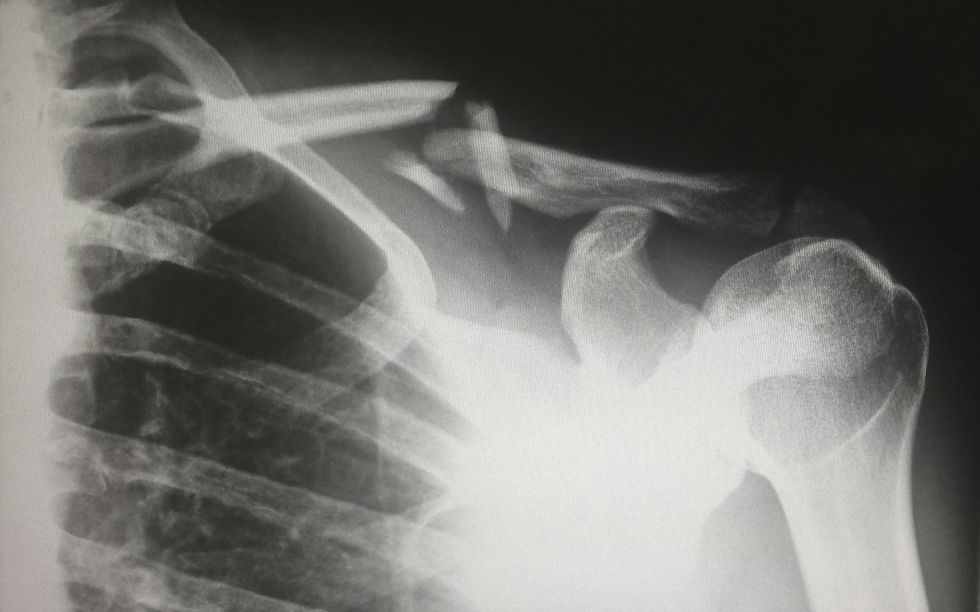The Mitral Valve
- marketingc8
- Jun 3
- 2 min read
We won’t go into why this happened, but we recently had a chance to watch a live echocardiogram of the heart.
It was hypnotic—especially the mitral valve in there, flapping away. Open, close, open, close, open close. There was audio, too, and it sounded like a gentle thump-squish, thump-squish, thump-squish. It sounded mechanical and wet at the same time. And it looked super cool.
Can we get enough reminders that we often take our body’s various functionalities for granted? Sure, it would be a time-consuming thing if we stopped to really appreciate all the body is doing for us all day and all night. We might forget to get groceries or walk the dog if all we did was contemplate the amazing things the human body is handling for us in the background of lives.
But, the mitral valve.
Right there in, well, the heart of things.
Working away.
The mitral valve was named by Andreas Vesalius (1514-11594) because the valve reminded him of a miter (bishop’s hat).

A normal mitral valve is 4 to 6 square centimeters.
The mitral valve looks like two separate leaflets. One is larger than the other. They sit inside a saddle-shaped ring. When the two leaflets come together, they look (ever so briefly) like a closed-mouth smile. The valve is about as wide as a small paper clip.
That little bit of connective tissue, however, is key to a well-functioning heart and, as a result, to a well-functioning us.
The mitral valve is located between the left atrium and left ventricle. The two leaflets are anterior and posterior. Fibrous cords (chordae tendineae) connect the leaflets to the papillary muscles in the left ventricle.
Small, yes, but the valve’s role is mighty. It prevents blood from flowing back from the left ventricle into the left atrium during systole (contraction of the heart). And it opens during diastole (relaxation) to allow blood to flow from left atrium to left ventricle,
If the leaflets don’t close tightly, you’ll get leakage during systole and might need a surgical repair.
The mitral valve itself is composed of connective tissue and there are three layers—fibrosa (rigid, collagen), spongiosa (loose, shock-absorbing), and atrialis (elastic).
The atrialis is key. All that elasticity is a good thing. That’s because the valve opens and closes about 100,000 every day.
Yes, 100,000 times a day. If you want to see of video of the same kind of thing we were looking at, here is one excellent example of an echocardiogram focused on the mitral valve.
Thump-squish, thump-squish.
Final thought: if you want to know how to take care of that precious organ, don’t overlook our February 2025 series of blogs – 28 straight days of great heart-related information. Start with Day 1 here.
.
.
.
.




Comments